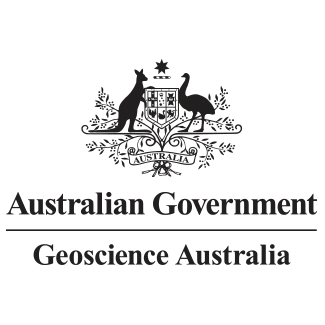Brief description
Following the successful outcomes of the Tennant Creek-Mt Isa (TISA) mineral potential assessment (Murr et al., 2019; Skirrow et al., 2019), the methodology has been expanded to encompass the entire North Australian Craton (NAC). Like its predecessor, this assessment uses a knowledge-based, data-rich mineral systems approach to predict the potential for iron oxide-copper-gold (IOCG) mineralisation. With their high metal yield and large alteration footprint, IOCG mineral systems remain an attractive target in directing exploration efforts towards undercover regions. This mineral potential assessment uses a 2D GIS-based workflow to map four key mineral system components: (1) Sources of metals, fluids and ligands, (2) Energy to drive fluid flow, (3) Fluid flow pathways and architecture, and (4) Deposition mechanisms, such as redox or chemical gradients. For each of these key mineral system components, theoretical criteria representing important ore-forming processes were identified and translated into mappable proxies using a wide range of input datasets. Each of these criterion are weighted and combined using an established workflow to produce a models of IOCG potential. Metadata and selection rational are documented in the accompanying NAC IOCG Assessment Criteria Table. Two scenarios were modelled for this assessment. The first is a comprehensive assessment, targeting pre-Neoproterozoic mineral systems (>1500 Ma), using a combination of interpreted, geological and geophysical datasets. As geological interpretations are subjective to the geological knowledge of the interpreter, well-documented areas, such as shallow pre-Neoproterozoic basement, have a greater density of data. This increase in data density can create an inherent bias in the modelled result towards previously explored shallow terrains. The second assessment utilises only datasets which can be mapped consistently across the assessment area. As such, these are predominately based on geophysical data and are more consistent in assessing exposed and covered areas. However, far fewer criteria are included in this assessment, and observations are reflective of only the modern geological environment. Both assessments highlight existing mineral fields in WA, NT and QLD, and suggest that these regions extend under cover. Furthermore, regions not previously known for IOCG mineralisation display a high modelled potential, offering exploration prospects in previously unknown or discounted areas.Lineage
Maintenance and Update Frequency: asNeededNotes
PurposeThis data release is intended to supply third parties to all the input and output data produced conjunction with the North Australian Craton IOCG mineral potential assessment. Sufficient documentation is provided so that third parties can re-create and modify the process to produce the same or similar results.
Data time period: 2017-01-01 to 2019-04-16
text: westlimit=122.0925; southlimit=-25.042; eastlimit=144.3467; northlimit=-9.1429; projection=GDA94 (EPSG:4283)
User Contributed Tags
Login to tag this record with meaningful keywords to make it easier to discover
Download the data package [390 MB]
uri :
https://d28rz98at9flks.cloudfront.net/144502/144502_00_0.zip![]()
- DOI : 10.26186/144502

- URI : pid.geoscience.gov.au/dataset/ga/144502

- global : fab026d9-a434-44bc-82d2-20440b0c6e6b


